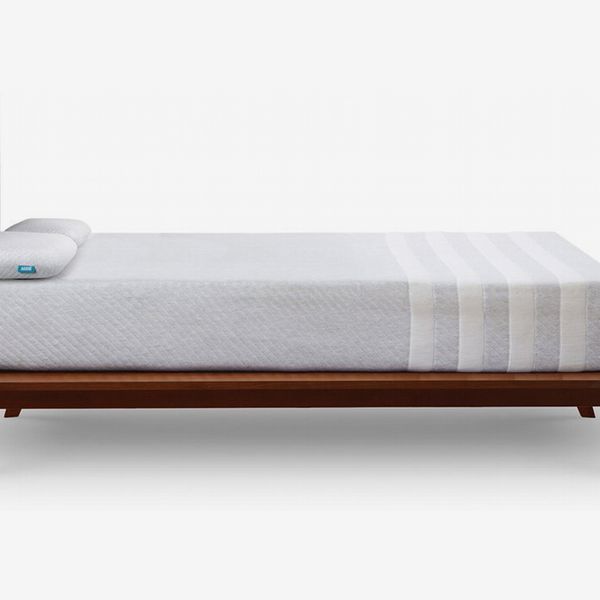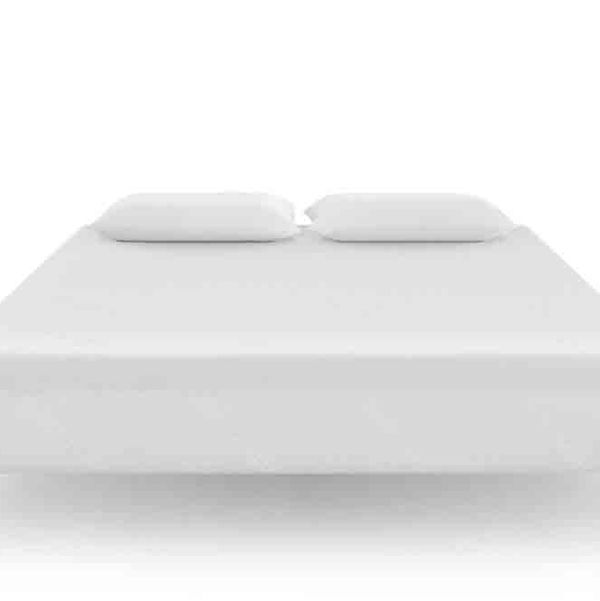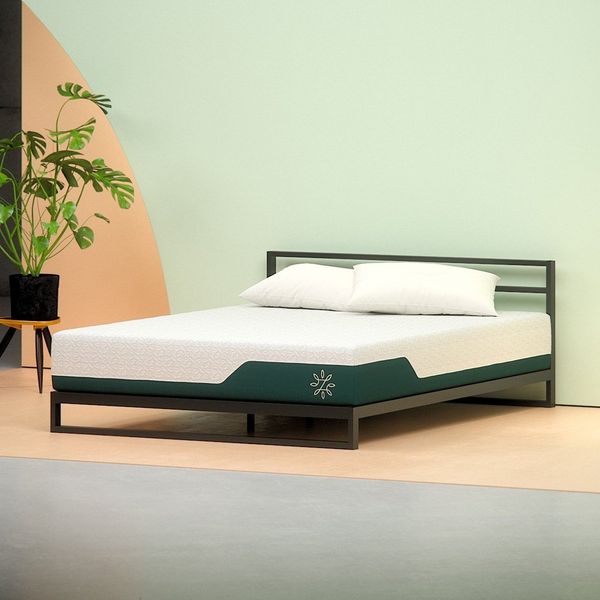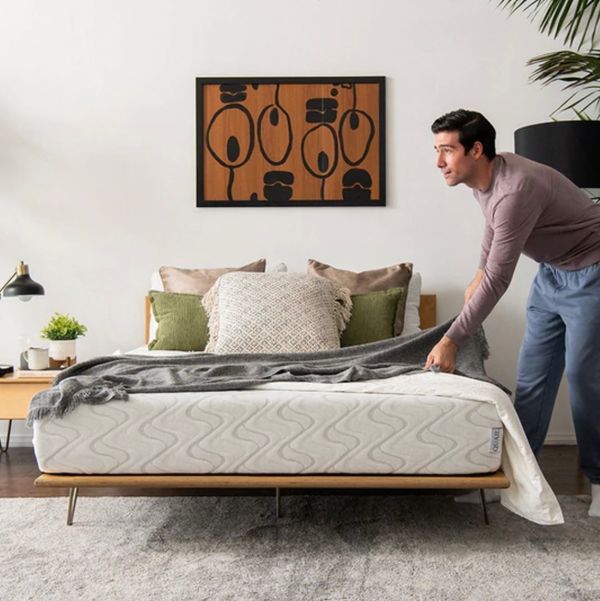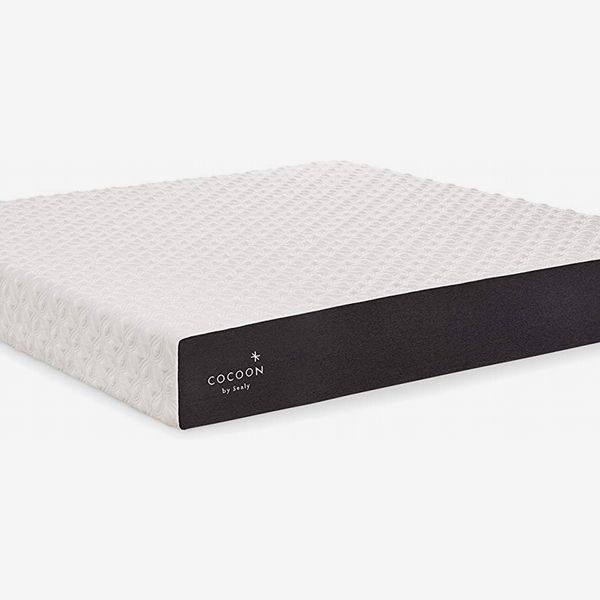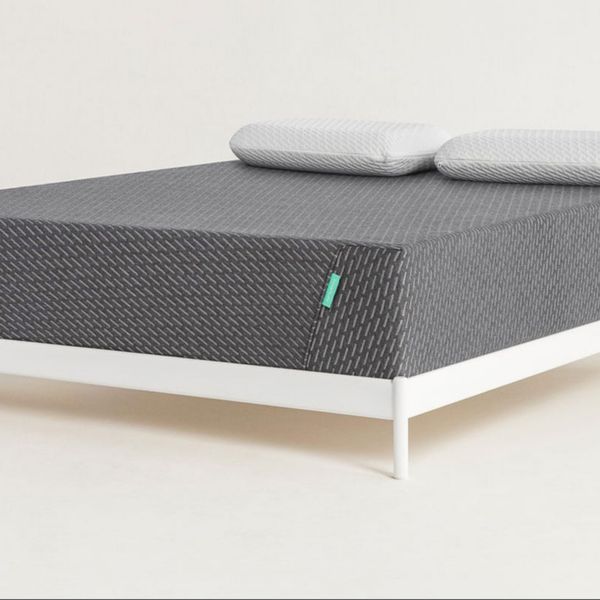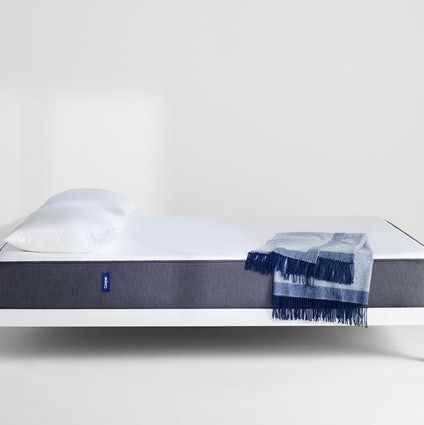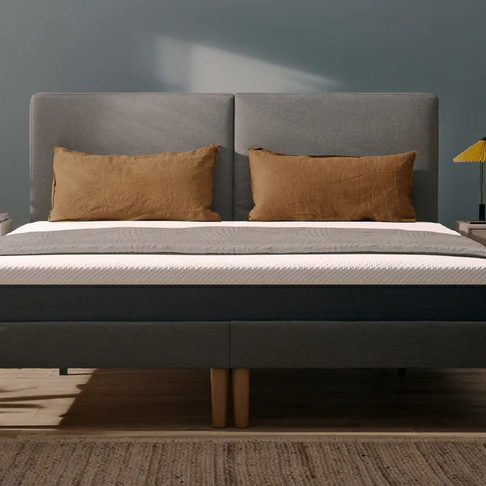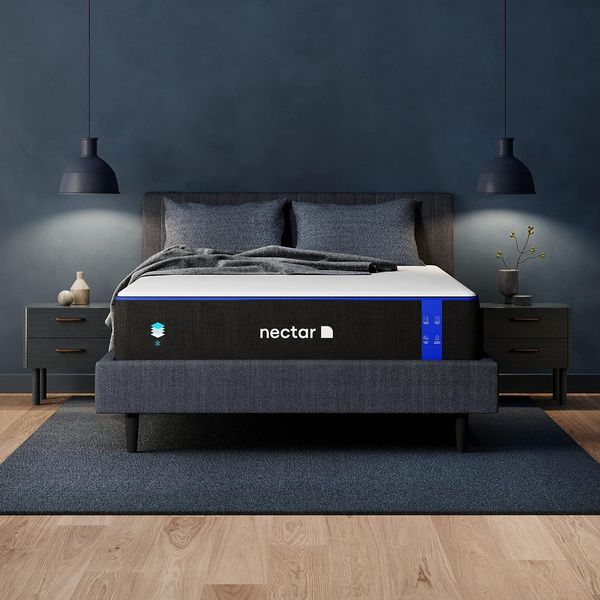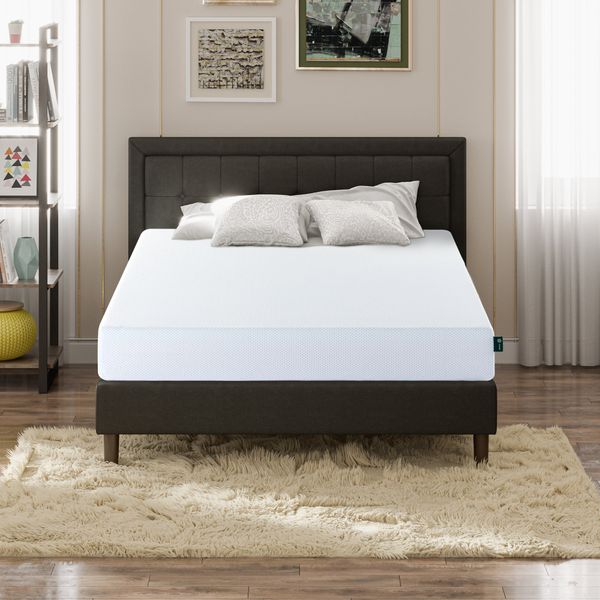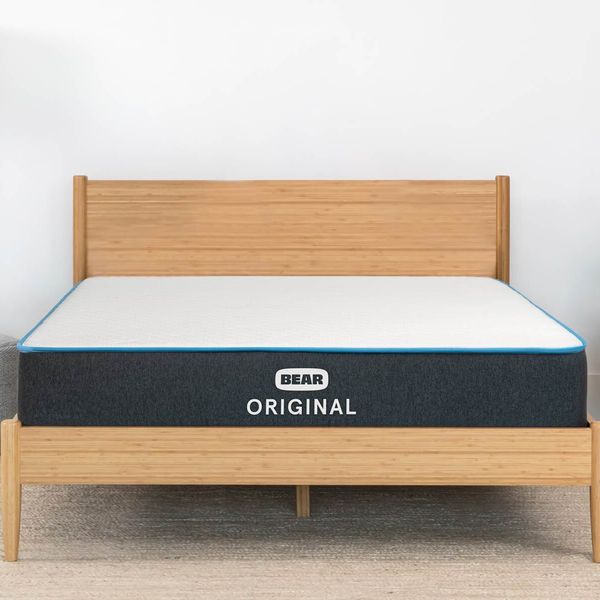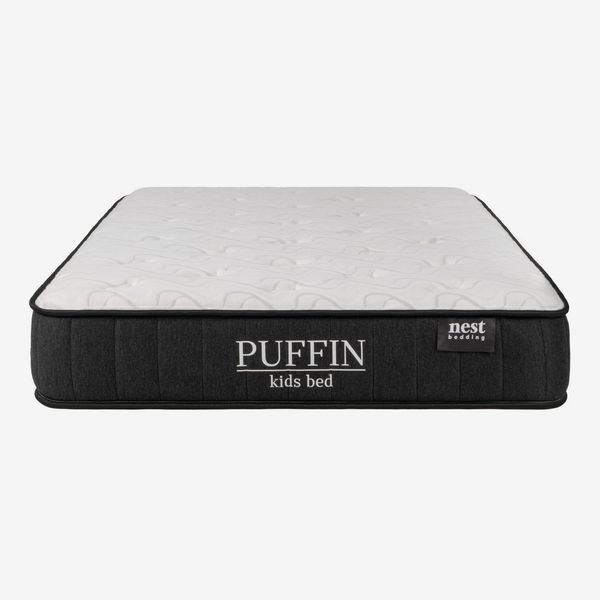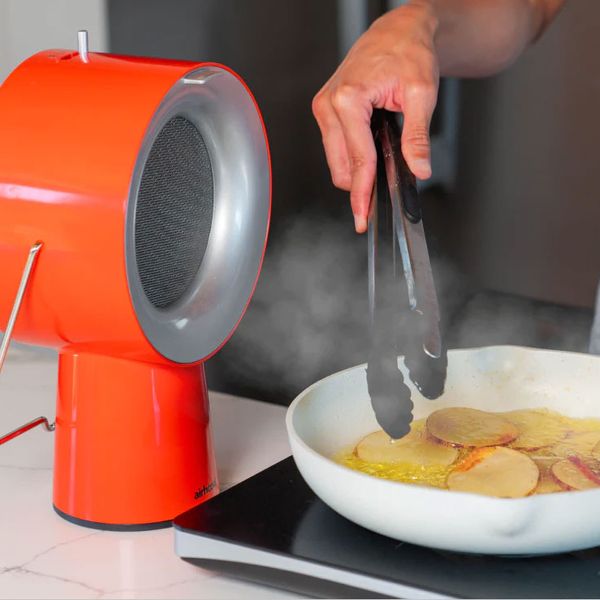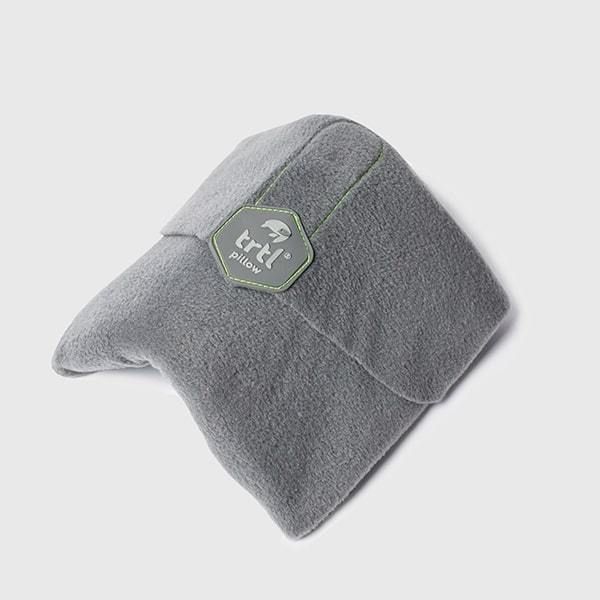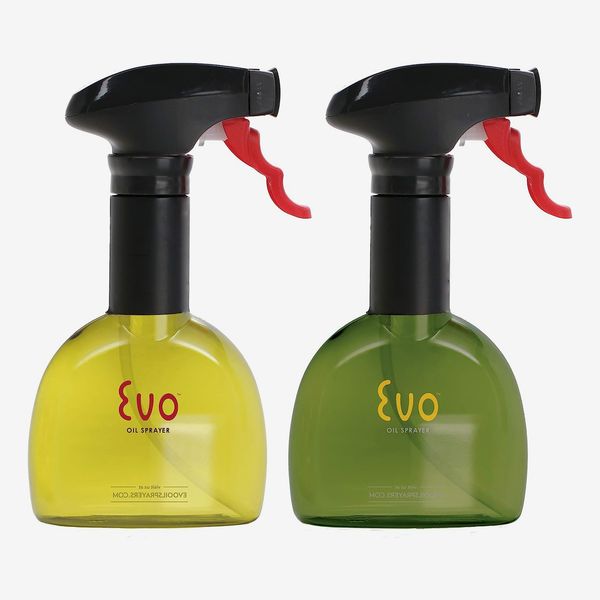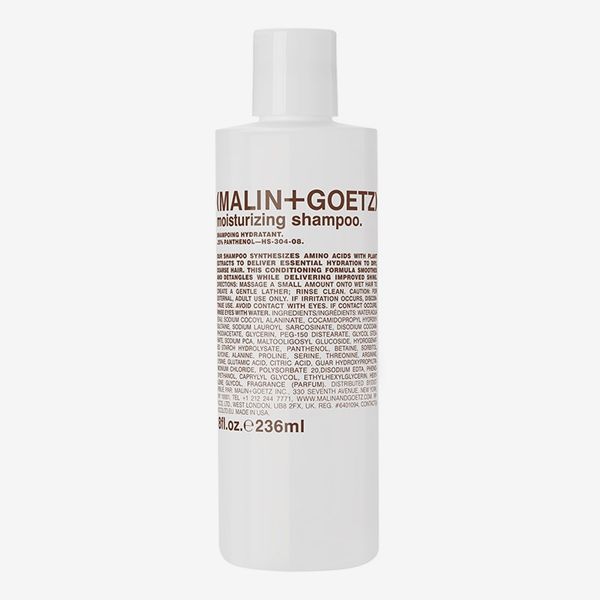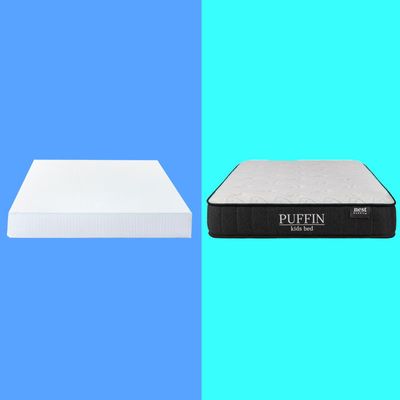
Buying a new mattress is a big purchase, but there’s no reason to lose sleep over it. That’s because we’ve compiled a list of the best foam mattresses, as tested by the writers, editors, and contributors of the Strategist, whether you’re looking for motion isolation, cooling ability, or pressure relief. Our reviews are based on at least a week’s worth of sleep by all different types of sleepers, so if you’re a side-sleeper who runs hot at night, look for the writer who is, too. And if you don’t see something you like, don’t worry: We’ve reviewed nearly 40 different mattresses here, including hybrid and more traditional innerspring mattresses. (Note that all prices below are for queen-sized mattresses, for ease of comparison, but all are available in different sizes.)
Quick links
Best all-around foam mattress | Best (less expensive) foam mattress | Best affordable foam mattress | Best foam mattress for restless sleepers | Best firm foam mattress | Best cooling foam mattress | Best foam mattress for side-sleepers | Best (less expensive) foam mattress for side-sleepers | Best memory-foam mattress | Best (less expensive) memory-foam mattress | Best foam mattress for athletes | Best foam mattress for kids
What we’re looking for
Foam composition: There are so many different materials and layering techniques that it can be overwhelming to learn the vocabulary of foam mattress composition. Foam mattresses typically use a combination of high-density, “transition,” and (of course) proprietary foams to create an experience that is supportive and comfortable. Companies have different names for their layers, but most combine a support layer (the bottom of the mattress) with a comfort layer (the part you have direct contact with). According to Jamie Diamonstein, one of Leesa’s co-founders, comfort layers are designed to improve “pushback,” meaning they fill in the gaps around your body when you lie down. Diamonstein says the comfort layer enhances pressure relief “by responding to the shape and sleeping position of your body, then it pushes back and balances your body out.”
Support: Depending on your body type and injuries, the type of support you’ll need varies. Some of the mattresses on this list are only available in one firmness, while others offer different degrees. Doctors often recommend that overweight sleepers opt for extra-firm mattresses because body weight can exert stress on joints and pressure points. People with back problems can also benefit from a firm mattress that distributes weight evenly and supports spinal alignment.
What type of sleeper does it suit? The position you prefer to sleep in may affect how comfortable a mattress feels to you. The lack of “sink” in a firm mattress can provide better spinal and hip support for those who sleep on their back or stomach. Side sleepers, meanwhile, may find that a superfirm mattress exerts uncomfortable pressure on their shoulders and hips and may want a mattress with a bit more give. Combination sleepers change position frequently and may want to opt for an “all sleeper types” mattress.
Best all-around foam mattress
The original Leesa mattress is constructed with three layers of foam, but it feels substantial and offers excellent pressure relief. That makes it suitable for all types of sleepers or couples with different sleep styles — like Strategist editor Maxine Builder, a side-sleeper who prefers a plush bed, and her partner, a back-sleeper who is content with napping on a yoga mat on a hardwood floor. In a previous version of this story, both said they appreciated the way the foam cushioned their backs without the sinking feeling that’s commonly associated with too-soft, all-foam mattresses. This Leesa mattress is one of the more expensive all-foam mattresses that we’ve tested, but it’s worth it, especially if you don’t want to spend too much time thinking about your choice.
Best (less expensive) all-around foam mattress
Similar to the Leesa mattress, the Tuft & Needle is a crowd-pleaser. Both Strategist writer Lauren Ro, a back-slash-side sleeper who prefers a firmer mattress with coils, and her husband, a back-slash-stomach sleeper who runs hot, found it supportive. “Lying on the Tuft & Needle for the first time, I immediately felt embraced. Sleeping on my back, I felt supported and cocooned at the same time, and when I turned to my side, the transition felt natural,” Ro said in a previous version of this story. Really, the biggest difference between our pick for best all-around foam mattress and the Tuft & Needle is the price: It’s a couple hundred dollars less than other all-foam options, likely because it’s only made with two layers of foam (unlike Leesa, which has three layers). But that lower price point is what makes the Tuft & Needle “a solid introduction to a compressed mattress-in-a-box” for several different types of sleepers.
Best affordable foam mattress
Like many of the mattresses on our list, the Zinus Cooling Gel Memory Foam mattress is supportive and well-constructed — but what makes it a standout is its very affordable price tag (and this model isn’t even the brand’s cheapest offering). Former Strategist senior writer Karen Iorio Adelson, who usually sleeps curled up on her side, tested this memory foam model from Zinus for a previous version of this story, and she was impressed by the solid support. “I felt more like the mattress was rising up to meet me and fill in the spaces where I need some extra padding, like under my back and knees,” she said. Zinus’s very reasonable pricing might explain why some of the memory-foam mattress’s promised cooling effects didn’t allow Adelson to completely ditch her moisture-wicking sheets and breathable PJs — but the bed’s substantial, four-layer construction feels far more expensive than it is and makes it “the best value for a mattress, full stop,” she said.
Best foam mattress for restless sleepers
This foam mattress from Nest Bedding is “forgiving of restless sleepers who thrash and change position frequently,” said former Strategist junior writer Sanibel Chai in a previous version of this story. The support foam base layer is followed by an airflow layer and topped with breathable (latex-free) Energex foam. Sleepers who tend to toss and turn will appreciate that the Energex foam absorbs movement, so you won’t wake your partner. But it doesn’t go overboard with cushioning, and you won’t suffer from the “sinking into the mattress against your will” sensation. The retailer recommends medium for combination sleepers and firm if you require additional lumbar support. Chai tested the firm because her boyfriend has back issues and said, “I thought it would be too firm for me, but it molded to my body and felt bouncy. If I wasn’t told, I wouldn’t assume this was an all-foam mattress.”
Best firm foam mattress
On the other end of the spectrum from Casper is the Cocoon Chill mattress from Sealy, which was tested by Strategist senior editor Simone Kitchens in a previous version of this story. She preferred a firm mattress to combat daytime slouching, and even though the construction of the Cocoon Chill is all-foam, Kitchens said it was “every bit as firm as the innerspring coil mattress I’ve slept on for years, but the memory foam hugs me in a way that makes my lower back feel particularly supported. Weird visual for you: Imagine two open palms gently lifting up your sacrum area.” The result of this combination of memory foam on top of high-density foam is a sensation that Kitchens described as “full-body relaxing” — so much so that sleeping on it even helped to alleviate some of her very specific back pain.
Best cooling foam mattress
Our best cooling mattress goes to Tuft & Needle, whose Mint model has two layers of adaptive foam (as opposed to the Original’s one) that are infused with ceramic gel and graphite to draw excess heat away from the body. Strategist writer Arielle Avila, a combination sleeper who runs hot, says it works so effectively there were “a couple nights [she and her boyfriend] forgot to turn our fan on, and we didn’t wake up drenched.” And the foam accommodates both their preferences: Her boyfriend prefers firm support, but Avila (who likes plush) says it didn’t feel too hard on her hips or shoulders when rolling on her side. “I’d describe the feeling as being cradled, something I also felt when sleeping on my stomach,” she says.
Best foam mattress for side-sleepers
According to the brand, Casper’s Original Mattress has “zoned support” with softer foam around the shoulders and firmer layers under the hips, waist, and lower back. Former Strategist senior editor Margaret Rhodes says graduating from her Ikea mattress to the Casper was like “flipping a light switch.” She says she feels the bulk of the mattress’ support squarely in the middle, “with absolutely no painful give around the back,” and says it’s still cushy enough elsewhere “that collapsing into it at the end of the day felt like a reward.”
Best (less-expensive) foam mattress for side-sleepers
Former Strategist associate editor Louis Cheslaw, who tested the Emma, said in a previous version of this story that he always sleeps on his side, “with my right arm under my pillow and my left leg higher than my right (don’t ask me why),” and though the Emma is on the softer side of its medium-firm designation, it’s a nice option for side-sleepers. “When I sat on the side of my bed (to put socks on, or before fully getting out of it), I sometimes felt like I was slipping off of it, a sensation I have not experienced with firmer mattresses.” Nevertheless, he was still “incredibly comfortable” sleeping on the Emma. “I never woke up after falling asleep until the morning, when I woke feeling well rested.” Not to mention, Emma’s top cooling layer kept Cheslaw comfortable throughout his trial — even during the peak of a hot New York City summer.
Best memory-foam mattress
Though memory-foam sometimes can have a reputation for being “too soft,” Nectar’s solid base layer works to provide a structured foundation for the softer top layers of foam, and former Strategist senior editor Casey Lewis said it provides “just the right amount of give” in a previous version of this story. Lewis said she always sleeps on her stomach and shares a bed with her wriggly pitbull-boxer, and the memory-foam had impressive motion isolation. “When I curled up to go to sleep, it was surprisingly enveloping — and for the first time ever, I didn’t wake up every time my dog flopped or fidgeted throughout the night,” she said. Plus, Nectar’s inner cooling gel and breathable Tencel cover help combat nighttime sweats so much so that Lewis, who usually runs hot, said she “never once woke up with sweat-soaked sheets.”
Best (less expensive) memory-foam mattress
When writer and filmmaker Kelsey Darragh needed a quality and affordable bed-in-a-box that would arrive before her ligament surgery, her Twitter followers recommended the Zinus Green Tea mattress, which is nearly a third of the cost of Nectar’s model. It has a seven-inch foam base layered with two inches of comfort foam and three of gel-infused memory foam, which helped her stay supported and comfortable while in recovery. Darragh says it also acts as an effective shock absorber; she now stays asleep when her partner moves around. “My overall REM sleep went up 30 minutes after I bought the Green Tea,” she says.
Best foam mattress for athletes
According to the brand, Bear’s original, all-foam mattress is designed for athletes, with foam layers that are designed to relieve pressure, keep you cool, and restore strength. All of those benefits are thanks to a mattress cover made of Celliant, a synthetic fiber that’s “designed to direct body heat back into the muscles as restorative infrared heat,” according to some studies. It sounds like science-fiction, but Adelson, who tested this mattress with her husband, said in a previous version of this story that “it may be totally psychological — [but] my legs did feel fresher and less fatigued than they normally would on days after doing sprints and thigh-punishing barre workouts.” Given that anecdotal experience, and some of the early studies on Celliant, if you’re an athlete or on a rigorous gym schedule, the Bear mattress may be worth the try — but if nothing else, it’s a nice option for stomach- or back-sleepers who want a touch more support from an all-foam mattress. (And Bear’s 120-night trial allows for hassle-free returns.)
Best foam mattress for kids
For an (on-sale) child-friendly option, we’d recommend Nest’s Puffin mattress to young ones graduating to their first big-kid bed. Constructed with seven inches of nontoxic memory foam and a cooling cover, the Puffin is designed to promote healthy alignment in children and pull heat away from the body, according to the brand. Strategist senior editor Jen Trolio tried it with her daughters when they were 4- and 7-year-olds, and she says they all found it to be very comfortable. That being said, if you and your child are looking for a firm mattress, Trolio says it feels much softer to her than the brand lists it to be. When we asked Trolio for a two-year update, she said while she prefers the Helix Kids mattress (which has a hybrid construction) for children, her Puffin’s shape and support have held up if you’re looking for a less expensive, all-foam option.
The Strategist is designed to surface the most useful, expert recommendations for things to buy across the vast e-commerce landscape. Some of our latest conquests include the best acne treatments, rolling luggage, pillows for side sleepers, natural anxiety remedies, and bath towels. We update links when possible, but note that deals can expire and all prices are subject to change.
